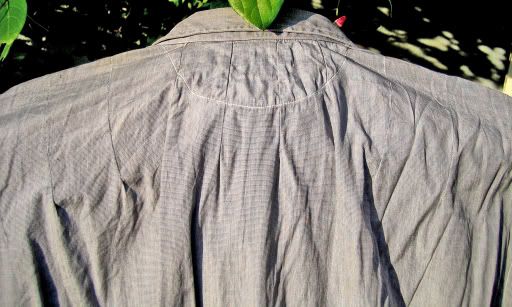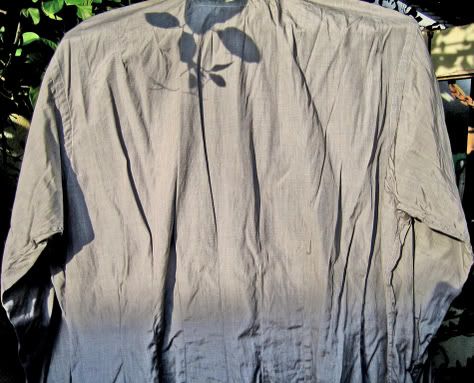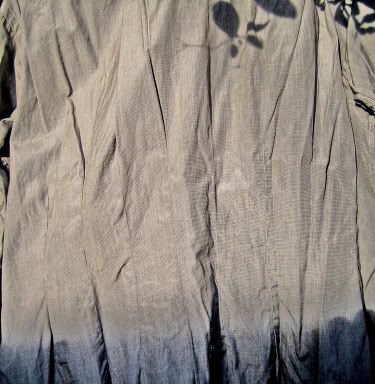Shaul-Ike Cohen
One Too Many
- Messages
- 1,176
- Location
- .
Are there differences in shirts from, say, the thirties vs. the forties in how spacious a shirt is? Did close-fitting suits go with close-fitting shirts, and later baggy suits with ample shirts?






I've never seen any thing like this before, very unique. Was it an effective tailoring technique?Marc Chevalier said:. The shirt's back has columns of vertical darts running from the shoulder seams nearly to the bottom of the tail. These darts give the shirt an "hourglass" body shape.

Tomasso said:I've never seen any thing like this before, very unique. Was it an effective tailoring technique?